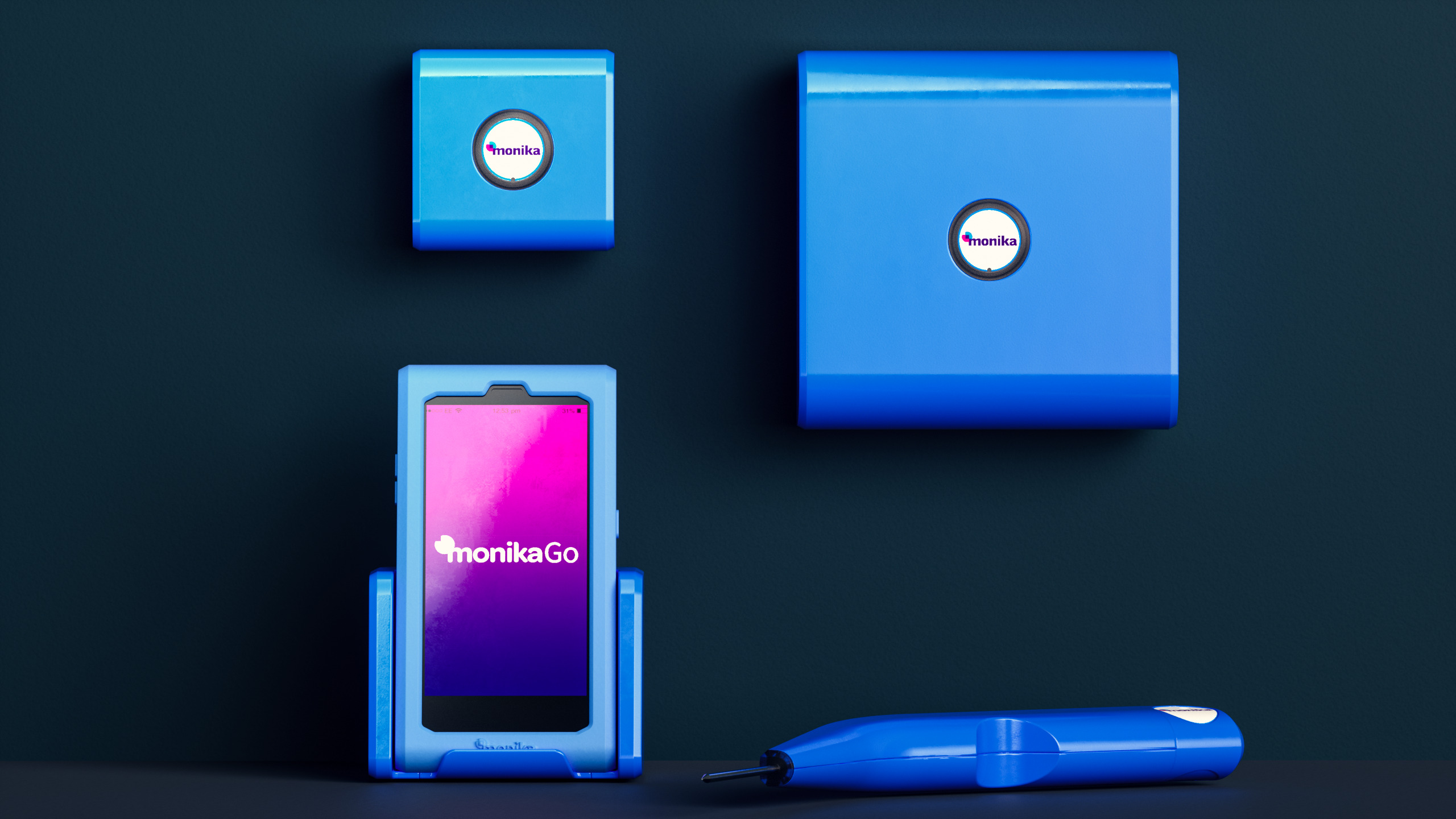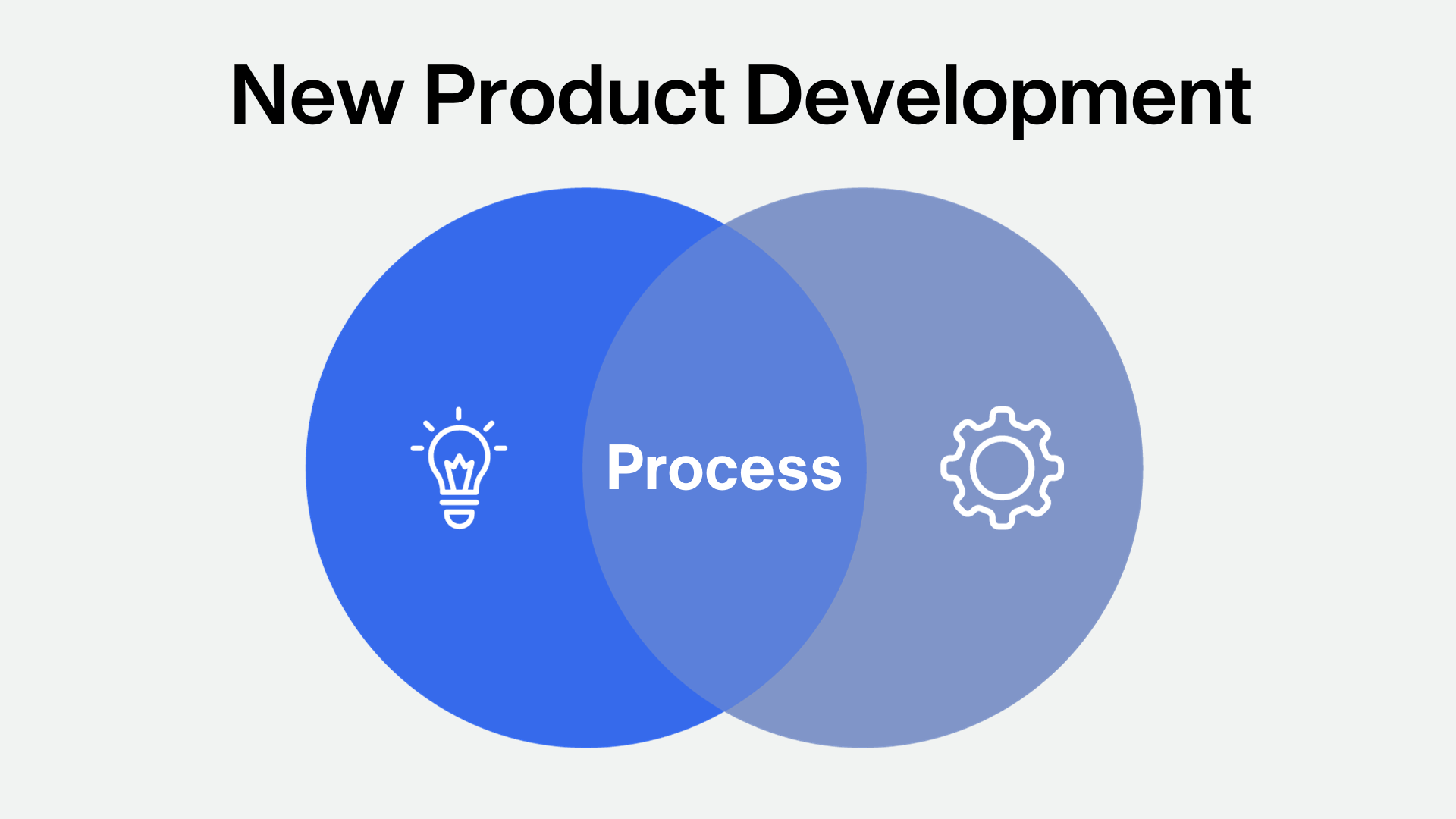Insights on the Industrial Design & Development Journey

This article provides some insights to assist you in the process and emphasises that industrial design and development is a marathon, not a sprint. Firstly, you must critically evaluate whether the costs both monetary and time-based of bringing an idea to life are justified. These challenges span the whole process from the initial design expenses, intricate testing phases, and certification processes, to the eventual complexities of production and distribution. Navigating these hurdles becomes smoother once we compartmentalise the development journey, addressing each segment’s unique challenges that you face with your industrial design studio.
Table of Contents
Deciphering Product Development
- Assessing Feasibility: Understand the interplay between the product’s technical intricacies, its potential market reach, and the competition it faces.
- Gauging Complexity: For perspective, a toothbrush’s development is relatively straightforward compared to a high-tech air quality sensor, with its costs likely significantly lower.
- Evolution or Revolution?: Refining an existing product might be less daunting than ground-breaking innovation. While the former may not dramatically alter the market, true innovation—though demanding and iterative—has the power to reshape industries.
- Delving into Testing: The need for specific certifications, such as safety or biocompatibility, can elevate the challenge. Early engagement with safety professionals can pre-empt potential roadblocks during compliance checks.
- Performance Parameters: Considerations may range from ensuring a device survives a table-top drop to designing devices that function optimally even in extreme conditions where the product needs to perform optimally. The distinction between creating a water-resistant versus a waterproof product also adds layers to the challenge.
Demystifying Manufacturing
- Scaling Production: The volume of production can determine the manufacturing technique and whether costly tooling and initial setup costs will be incurred.
- Opting for Low-scale Production: Techniques like sheet metal forming, RIM moulding come with a higher per-unit cost and can still necessitate considerable tooling investments.
- Prepping for full-scale manufacture: Prepping for production is a multifaceted process. Ensuring you have budgets set for aspects like tooling, test protocols, and packaging design becomes indispensable for a successful launch.
Mastering Fulfillment
- Collaborating with Manufacturers: It’s essential to determine if your manufacturing partner will shoulder responsibilities like shipping and warranty management.
- Navigating Partnerships: If manufacturers are also handling returns and spare parts, the contractual negotiations can be intricate, time-consuming, and legally complex.
- Distribution Dynamics: Some products might be dispatched to intermediary distribution hubs, which then manage the shipping to the end customer. Often, these hubs also handle returns, ensuring a cohesive approach to warranty management.

Creating a solution that addresses a pressing issue in the world – that’s the fundamental of why you would develop a product. While the initial triumph of problem-solving is invigorating, transitioning from an idea to a market-ready product is layered with complexities and costs. The initial step? Market research. This entails understanding the market size, discerning the product’s potential profitability, and forecasting the desired return on investment (ROI). Once assured that the product can address a significant pain point, be produced at an acceptable cost, and offer a promising ROI you’re on the right path.
The subsequent phase revolves around the design and conceptualisation of the product. This primarily involves Industrial Design, which shapes the product’s aesthetics, functionality, and user experience. For products with digital components, User Experience and User Interface Design (UX/UI) become paramount. Here’s the catch: the investment in design should resonate with the market’s competitiveness. For instance, in a fiercely contested market against global brands, the emphasis on design escalates. Conversely, in niche markets with limited competition, the dynamics shift.
Engineering then takes the spotlight, which may encompass Mechanical, Electrical, and other specialised fields like optical and structural engineering, influenced by the product’s nature. Whether it’s addressing environmental challenges, integrating electrical components, or incorporating software elements, specialists, either in-house or external consultants drive this phase.
Transitioning to full-scale manufacturing. Specialised contractors, such as sheet metal manufacturers or injection moulders, play their part. Yet, the final assembly, packaging, and dispatch often fall under the services delivered by Contract Manufacturers (CMs). Engaging these manufacturers early on ensures the design remains manufacturing-friendly. For instance, a simple suggestion from a CM, like repositioning a PCB, can lead to significant savings during production.
Decisions related to production quantity and manufacturing location are pivotal. Large-scale production might lean towards techniques like injection moulding or even contemplate offshore manufacturing. However, offshore production becomes truly viable when production numbers scale to significant heights, justifying the management overheads associated with such ventures.
Partnerships: The Key to Market Engagement
Given the intricate and expensive nature of customer outreach and distribution, another avenue to consider is collaboration. Aligning with established companies or brands within the target market can be a game-changer. Such companies already possess the required infrastructure, mitigating the need for hefty investments. If the product offering is distinctive and protected by intellectual property rights, such partnerships can be especially rewarding. Larger brands often see the merit in assimilating new products into their portfolio, saving on development costs and preemptively side-lining potential competition. Moreover, a product that’s further along in its development trajectory holds higher value, making it a lucrative deal. However, it’s prudent to strike a balance in development to avoid redundant efforts, especially if the acquiring brand prefers moulding the product similar to their product portfolio.
If you would like to see more on our services
If you would like to hear more on how we can improve the quality of your products or help with your product development, please contact Bluefrog Design at [email protected]
FAQ’s on Industrial Design
Why is prototyping an essential part of the industrial design process?
Prototyping is vital in industrial design as it translates ideas into tangible models, facilitating testing and refinement. It allows designers to assess functionality, ergonomics, and manufacturability, uncovering potential flaws. Through iterative prototyping, products evolve, ensuring alignment with user needs and market demands. This hands-on approach reduces risks, streamlines production, and paves the way for successful product launches.
How do sustainability considerations impact the industrial design process?
Sustainability in industrial design dictates eco-conscious choices throughout product creation. Designers prioritise materials that are renewable, recyclable, or have minimal environmental impact. This lens emphasises product longevity, reducing waste and conserving resources. Sustainable design also considers a product’s full lifecycle, from sourcing to disposal, aiming for minimal ecological footprints. Consequently, design becomes more holistic, balancing aesthetics, functionality, and environmental responsibility.
What role does market analysis play in the industrial design and development journey?
Market analysis in industrial design identifies consumer needs, preferences, and potential gaps. By understanding market trends, competition, and user demands, designers can tailor products for optimal market fit. This research-driven approach ensures that designs are both innovative and aligned with market expectations, improving product success and profitability. In essence, market analysis offers a roadmap, guiding the design process towards solutions that resonate with target audiences.
Ready to get started on a project?
Socials



